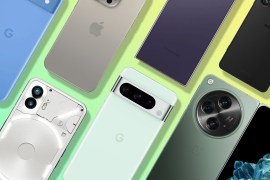Google Pixel 6a vs Apple iPhone SE: which is best?
Apple and Google both have cut-price versions of their best-selling phones. Which one deserves your cash?
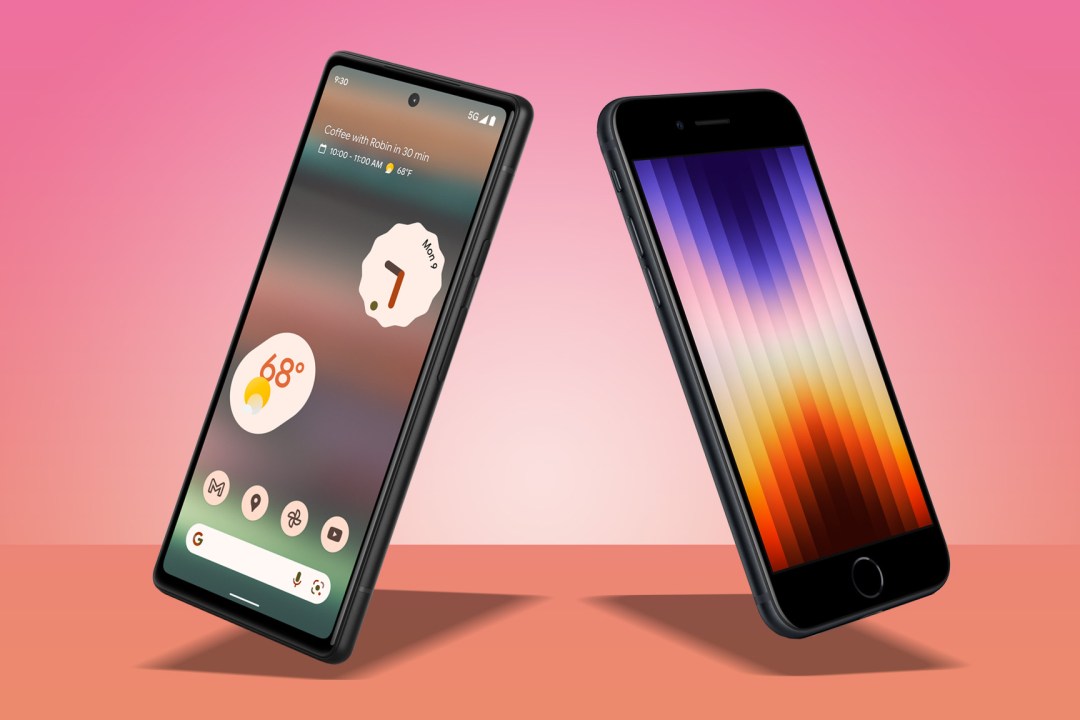
For anyone shopping at the affordable end of the smartphone spectrum, two choices stick out: the iPhone SE and new Google Pixel 6a.
One is the entry-point for iOS and the Apple ecosystem in general, but which has very different hardware to the rest of the range. The other is a diluted-down version of Google’s best Pixel phones to date, with a matching design and many of the same features. Both snap a superb photo, too. But which should yo go for?
To find out, we pitted the Pixel 6a against the iPhone SE (2022 edition). Android and iOS are very different propositions, but there are good arguments to consider both. Here’s how we think things break down.
Google Pixel 6a vs Apple iPhone SE: price & release date
The Google Pixel 6a goes on general sale from the 28th of July and is up for pre-order right now. There’s a single variant, with 6GB of RAM and 128GB of storage, which will cost £399/$449.
The iPhone SE is available to buy now. The 64GB variant will set you back £419/$429. There are also larger 128GB and 256GB versions, which cost £469/$479 and £569/$579 respectively.
Google Pixel 6a vs Apple iPhone SE: tech specs
| Google Pixel 6a | Apple iPhone SE (2022) | |
| Display | 6.1in, 2400×1080 OLED, 60Hz | 4.7in IPS LCD 1334×750, 60Hz |
| Rear Cameras | 12.2MP (wide), 12MP (ultra-wide) | 12MP (wide) |
| Front camera | 816MP | 7MP |
| Processor | Google Tensor | Apple A15 Bionic |
| RAM | 6GB | 4GB |
| Storage | 128GB | 64GB/128GB/256GB |
| Battery | 4410mAh | 2018mAh |
| Dimensions | 152x72x8.7mm | 138x67x7.3mm |
| Weight | 178g | 144g |
Design: Bar raiser?
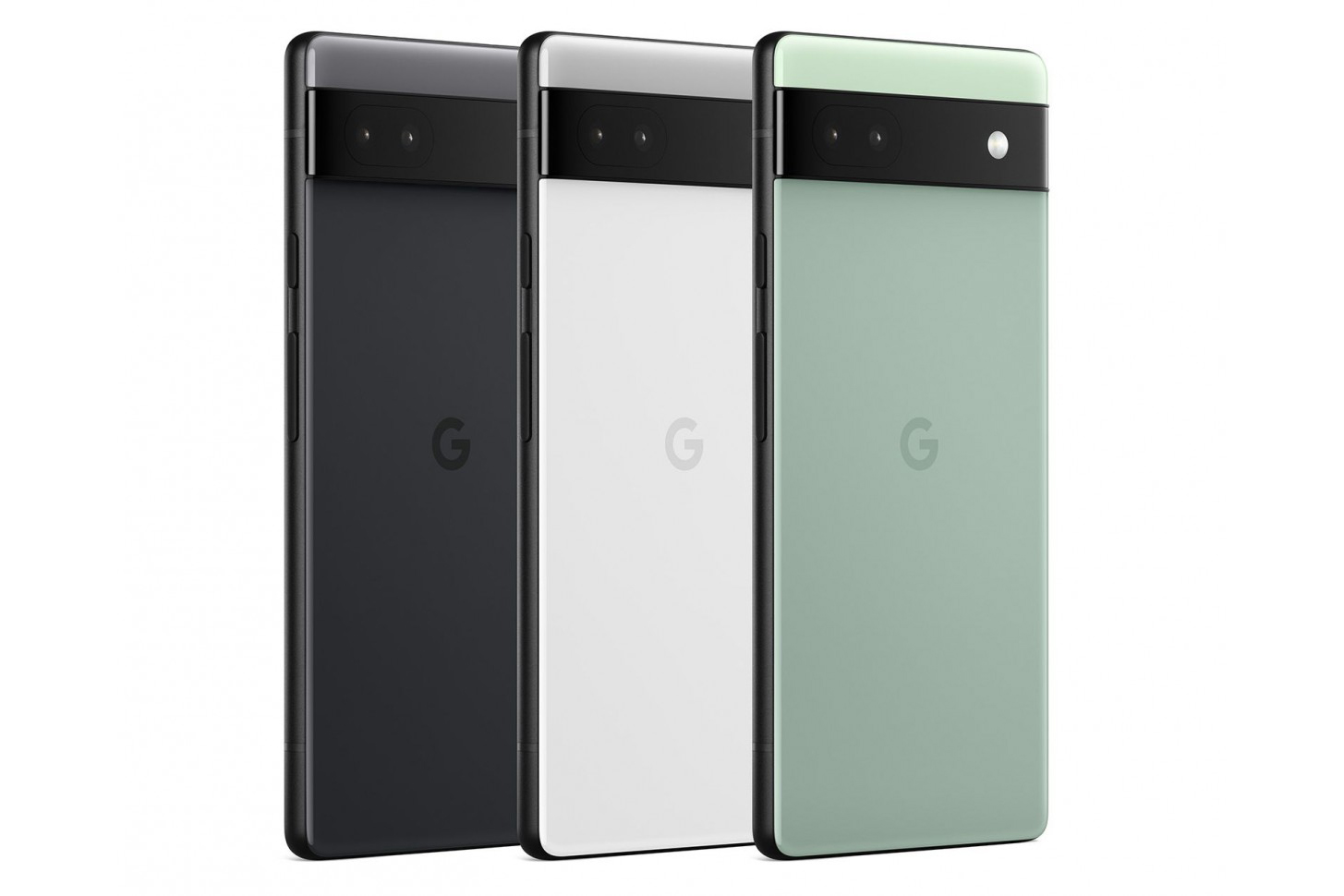

Let’s be honest: the iPhone SE has earned its bus pass by now, at least in the styling department. It’s now the only iPhone with a physical home button, and it has some of the beefiest bezels you’ll see on any current smartphone. On the plus side, the 4.7in screen makes for a wonderfully compact shape – theres a real shortage of small phones in the Android world, which could be reason alone to pick up an iPhone. It’s also very well-made, just like all Apple kit, with premium materials and a selection of colours to choose from.
The Pixel’s 6.1in screen is much larger than the iPhone’s, but the skinny top and bottom bezels means the overall dimensions aren’t that far apart. However, it’s an altogether more modern-looking device. You’d even have a hard time telling the Pixel 6a apart from the more expensive Pixel 6: Google has borrowed its design practically note-for-note, with the same chunky camera bar on the back. It’s made from polycarbonate plastic rather than glass, but feels surprisingly high-end when you get one in your hand.
Verdict: Google Pixel 6a
Screen: OLED-ing the way

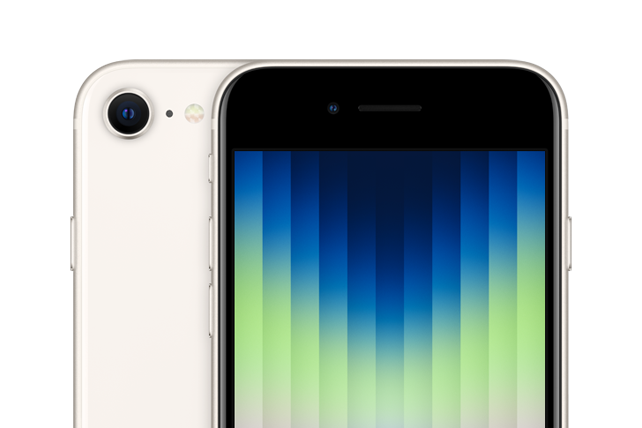
Apple knows how to make an excellent smartphone screen, and the iPhone SE hasn’t been left out, with True Tone adaptive colours and respectable contrast given the underlying LCD panel tech, but it’s several steps behind the AMOLED screen seen on the Pixel 6a. The small IPS screen has a low resolution and doesn’t support HDR video playback.
With a 2400×1080 resolution, the Pixel 6a can pack more detail into every image, and its OLED panel has unbeatable contrast. That makes all the difference when watching HDR videos, with bright highlight having real impact next to deep shadows. The physically larger panel means you can either fit more onscreen, or hold the phone further from your face than you would with the iPhone.
The pair are level pegging for refresh rate, with 60Hz panels. You’ll have to step up to their pricier counterparts to get high or variable refresh tech.
Verdict: Google Pixel 6a
Camera: all down to algorithms

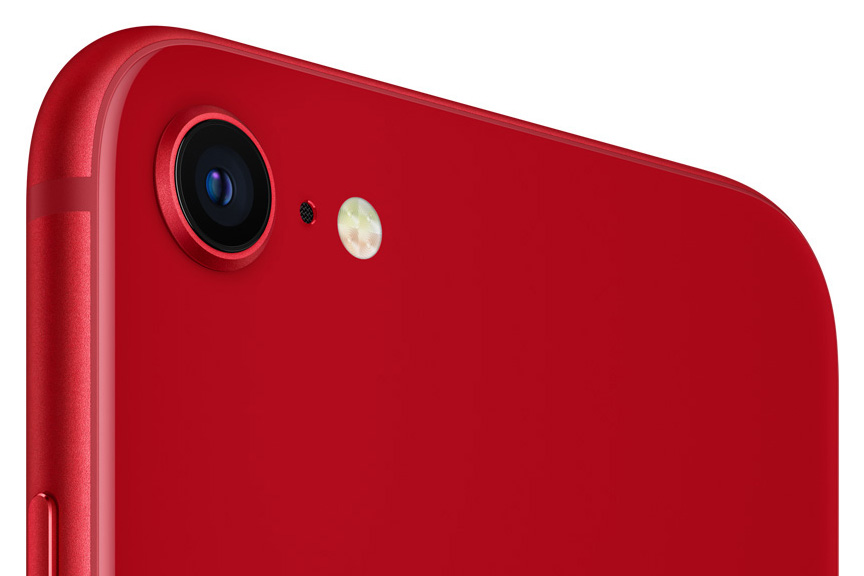
The iPhone SE makes do with a single 12MP rear camera, but has the advantage of Apple’s fantastic image processing. The A15 Bionic CPU has also helped improve things further than previous-gen models, with smarter HDR and improved low-light video recording.
The Pixel 6a also has a 12MP sensor, but it’s paired with a second 12MP ultrawide lens which fits far more of a scene into your shots. That immediately makes it more flexible than the iPhone – and Google’s superb image processing algorithms take no prisoners either.
Both phones trade back-and-forth for image quality in good light, with slightly different interpretations of what makes a photo look good. The iPhone doesn’t have a dedicated night mode, though – dropping it behind the Pixel for overall performance.
Verdict: Google Pixel 6a
Performance: you look Tensor

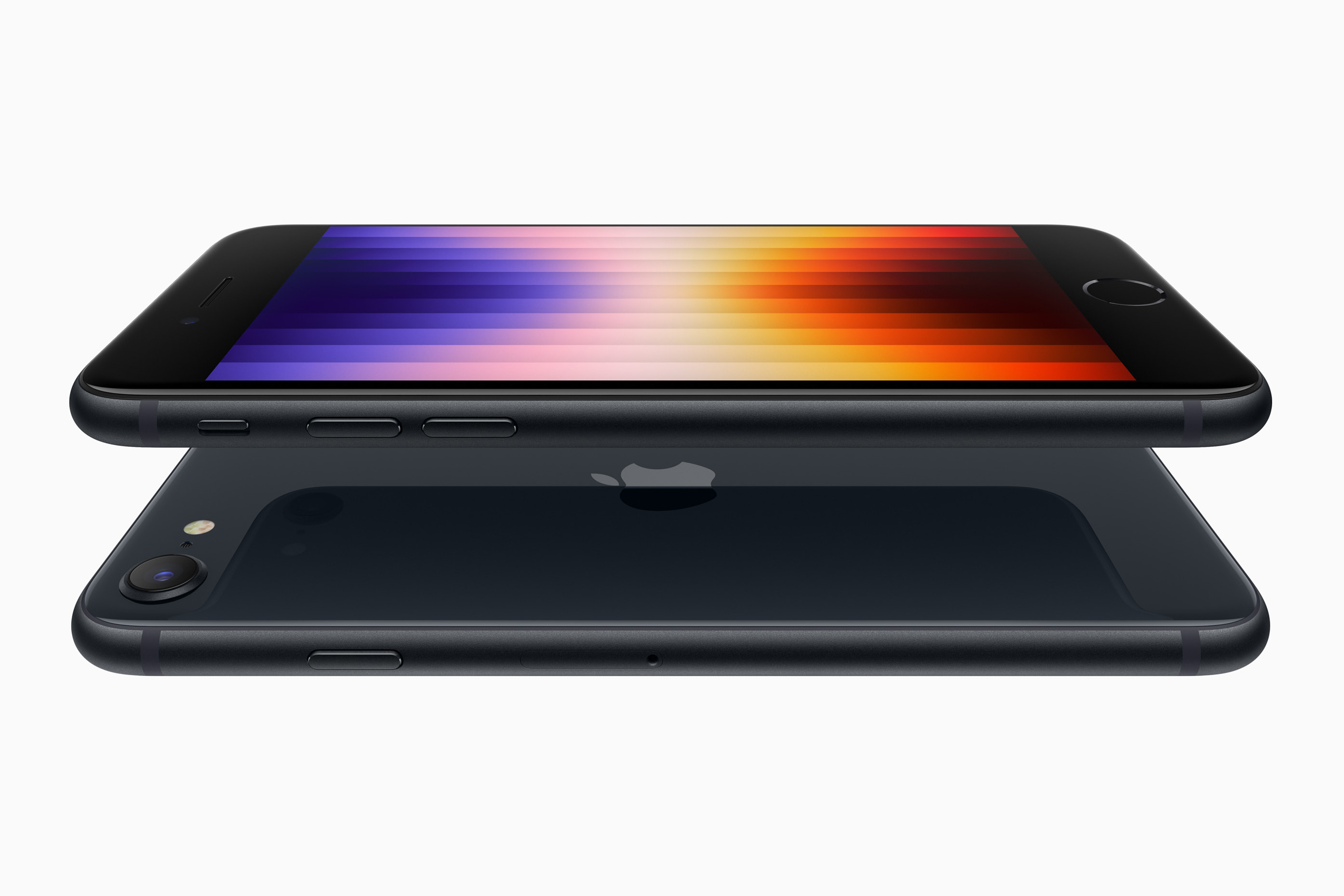
Neither phone uses off-the-shelf silicon, instead relying on home-grown chips that were first seen in each company’s flagship handsets.
Google’s Tensor CPUs have directly translated from the Pixel 6 and Pixel 6 Pro, with the same security and image processing modules. Even in the smaller Pixel 6a, where thermals could easily have been an issue, it smashes just about any app or game available in the Google Play Store. 6GB of RAM also helps on the multitasking front, and you’re getting 128GB of storage – the base iPhone makes do with 64GB, and still costs more.
Over in the Apple camp, the iPhone SE gets the same A15 Bionic CPU as the much pricier iPhone 13. It’s an absolute powerhouse, comfortably running the latest version of iOS and placing near the top of any benchmark league table you’d care to throw its way. There’s only 4GB of RAM here, but Apple’s software optimisations mean it still has the edge over anything in the Android world.
Verdict: Apple iPhone SE
Battery and perks: cable cutter
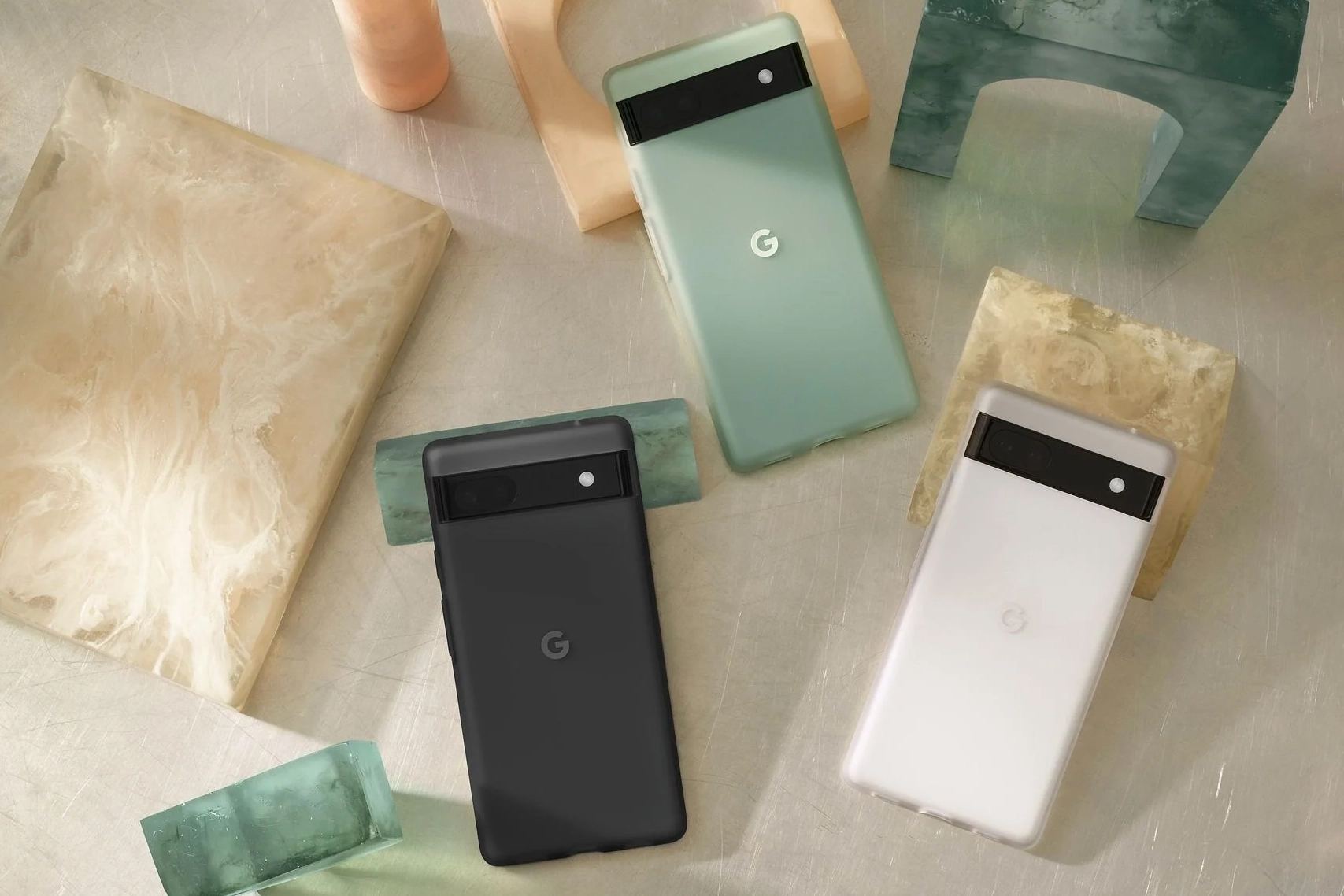

On paper, this should be a slam dunk for Google, considering the Pixel 6a has a 4410mAh battery. That’s more than double the iPhone SE’s 2018mAh cell. But it’s more complicated than that.
Apple has somehow managed to extract 15 hours of continuous video playback from the iPhone SE, putting it almost on par with the pricier iPhone 13 Mini. The Pixel can’t match that, but still puts in a good showing. It’ll comfortably last all day, and has an extreme battery saver mode good for up to 72 hours for when you’re really in a pinch.
Only the iPhone supports wireless charging – Google has ditched it for the most affordable Pixel. Apple also takes the lead on the charging front, managing 20W from the mains compared to the Pixel 6a’s 18W. Neither phone actually includes a charger in the box, though.
On the software front, digging deep into the differences between Android and iOS could take hours. There are positives and negatives on both sides: to keep things simple, anyone with other Apple hardware in the house will appreciate how well everything works together, while Android’s open nature is a lot more customisable.
Verdict: Apple iPhone SE
Initial verdict: Big win for Big G
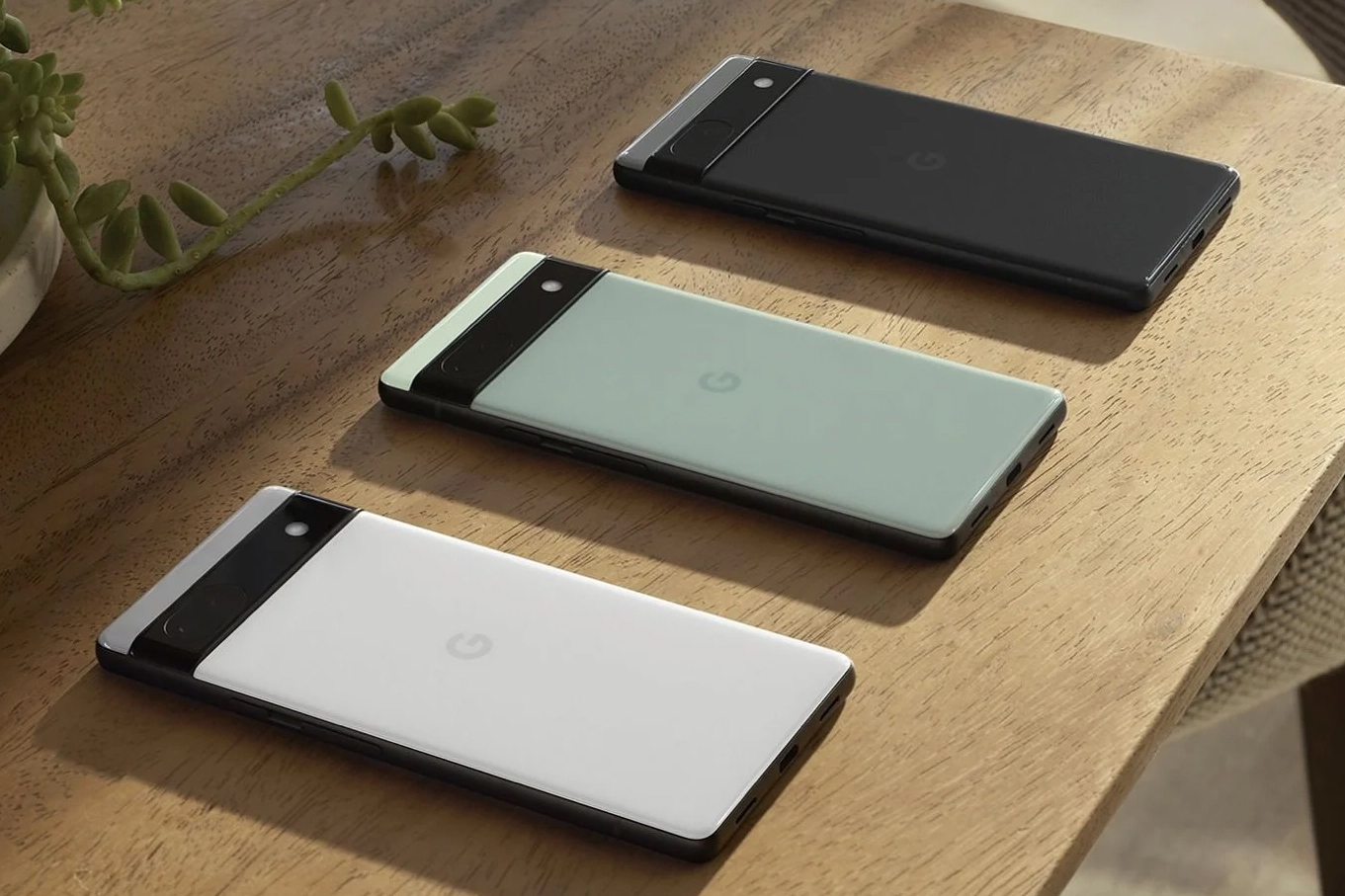
As much as the iPhone SE is a blisteringly fast handset thanks to that Apple A15 silicon, we can’t ignore how behind the times it is in other areas. The design is years old, and what was once an impressive screen is now merely OK. It still takes a great photo, but the single camera lens isn’t nearly as versatile as the Pixel 6a’s two.
Battery life might not be quite as impressive as the iPhone, and iOS is leaps ahead of Android in many ways, but the Pixel has more modern styling, a superior screen and punchy performance. Its version of Android is as clean as it gets, and comes with more storage for less cash.
If you’re not already tied into iOS, the Pixel 6a feels like the phone to go for.
Winner: Google Pixel 6a

